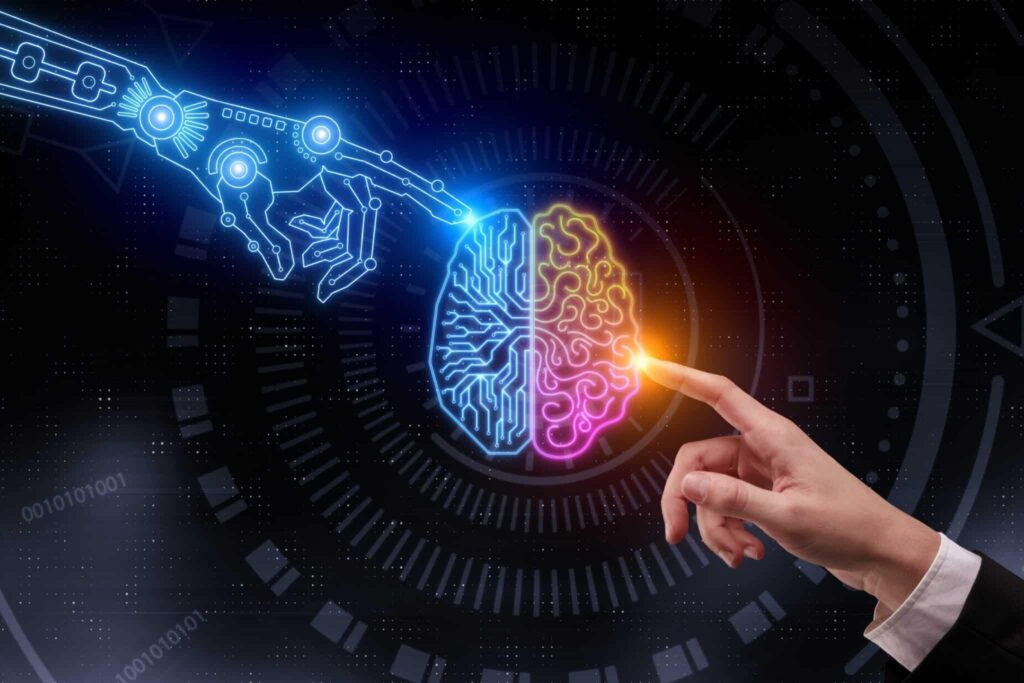In an era where customer experience (CX) shapes brand loyalty and business success, technology is steadily shifting from a supportive role to a starring position. Once seen merely as a tool to enhance human interactions, advanced technologies like artificial intelligence, automation, and data analytics are now taking center stage-sometimes overshadowing the human touch altogether. This evolving dynamic raises a compelling question: Is technology becoming more important than humans in CX? As organizations navigate this transformation, understanding the balance between efficiency and empathy becomes essential. In this article, we delve into how the rise of technology is redefining the customer experience landscape and what it means for both businesses and their audiences.
The Rise of Technology in Shaping Customer Experiences
As digital interfaces evolve, businesses increasingly leverage advanced technologies to elevate customer interactions beyond traditional human touchpoints. Artificial intelligence, machine learning, and automation now play pivotal roles in anticipating needs, personalizing journeys, and delivering real-time support. This shift enables brands to provide seamless, consistent experiences at scale, often outperforming human capabilities in speed and accuracy. The rise of conversational AI chatbots, for instance, ensures 24/7 engagement without fatigue, while data-driven insights help craft hyper-personalized recommendations that resonate deeply with users.
Below is a quick overview of how technology is transforming key elements of customer experience:
- Speed: Instant responses and automated workflows shorten wait times dramatically.
- Consistency: Algorithms maintain uniform service standards across channels.
- Personalization: Dynamic content tailors every interaction to individual preferences.
- Scalability: AI-powered tools handle large volumes without compromising quality.
The table below illustrates a direct comparison of traditional human-driven CX approaches versus technology-enhanced methods:
| Aspect | Human-Led CX | Tech-Driven CX |
|---|---|---|
| Availability | Limited hours | 24/7 support |
| Response Time | Minutes to hours | Milliseconds to seconds |
| Consistency | Varies by agent | Uniform experience |
| Personalization | Based on memory/notes | Data-driven, dynamic |
Balancing Automation and Human Touch for Optimal Engagement
In the evolving landscape of customer experience, automation powers speed and consistency, but it’s the human touch that infuses empathy and personal connection. Striking the right balance means leveraging technology to handle routine tasks while empowering agents to engage meaningfully where it counts most. By integrating AI-driven chatbots for simple inquiries and reserving human intervention for complex, emotionally charged interactions, brands can maximize efficiency without sacrificing warmth or authenticity.
Here are key areas where blending both approaches enhances engagement:
- Personalization: AI collects and analyzes data to customize experiences, while humans interpret subtle cues beyond numbers.
- Speed: Automated systems reduce wait times, enabling quicker resolutions.
- Empathy: Human agents build trust and loyalty through genuine understanding and responsiveness.
- Adaptability: Humans handle nuances and exceptions that algorithms can miss.
| Aspect | Automation Strength | Human Strength |
|---|---|---|
| Response Time | Instant & 24/7 | Context-aware pauses |
| Consistency | Uniform answers | Flexible problem-solving |
| Emotional Intelligence | Basic sentiment analysis | Deep empathy & rapport |
Strategies to Integrate AI Without Losing the Personal Connection
Balancing automation with authentic human interaction requires companies to prioritize empathy over efficiency. While AI can handle routine queries with incredible speed, it should act as a seamless support tool rather than a replacement for genuine conversations. Training customer service agents to use AI insights as conversation enhancers-rather than crutches-creates a more personalized experience. Additionally, leveraging AI to gather and analyze emotional cues or customer sentiment can empower representatives to tailor their responses with warmth and understanding, ensuring technology amplifies rather than dilutes the human touch.
Implementing smart integration techniques can also help strike this delicate harmony. Here are a few practical approaches:
- Hybrid Assistance: Use AI for initial triage and human agents for complex or sensitive issues.
- Context Preservation: Design AI systems that remember prior interactions to maintain continuity.
- Transparent Automation: Clearly inform customers when they’re interacting with AI and allow easy access to human support.
- Feedback Loops: Encourage customers to provide feedback on AI interactions to fine-tune algorithms for better emotional resonance.
| Strategy | AI Role | Human Role |
|---|---|---|
| Hybrid Assistance | Filter & route queries | Handle complex issues |
| Context Preservation | Store interaction history | Use insights for personalized replies |
| Transparent Automation | Identify itself as AI | Available on demand |
| Feedback Loops | Learn from data | Adjust communication style |
To Wrap It Up
As technology continues to weave itself deeper into the fabric of customer experience, its role undeniably grows more significant-sometimes even overshadowing the human touch. Yet, the challenge remains to strike a thoughtful balance where innovation amplifies empathy rather than replaces it. In this evolving landscape, understanding when to let technology lead and when to let humans connect will define the future of CX. After all, at the heart of every interaction lies the timeless desire to be understood-whether by algorithms or by people.
